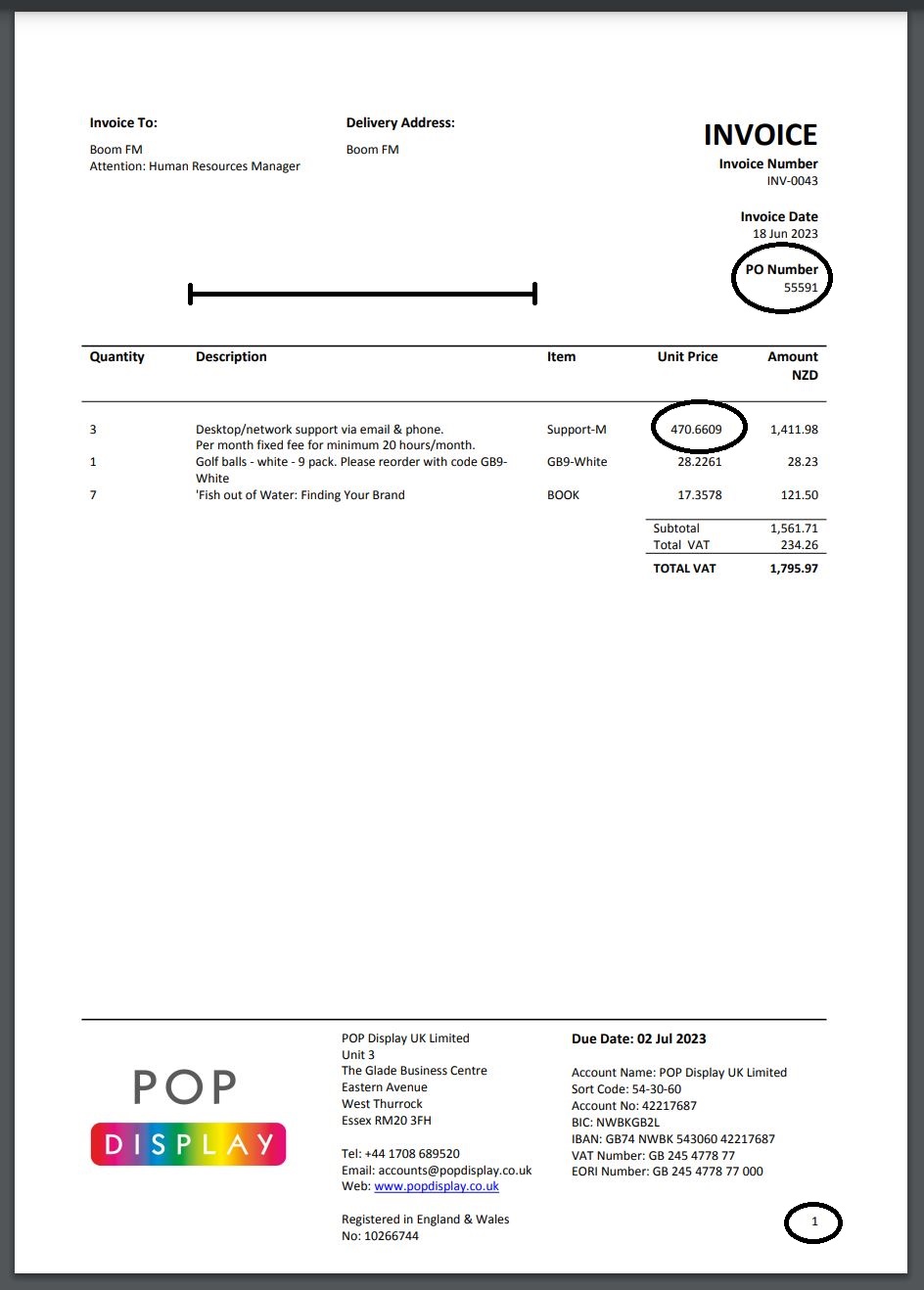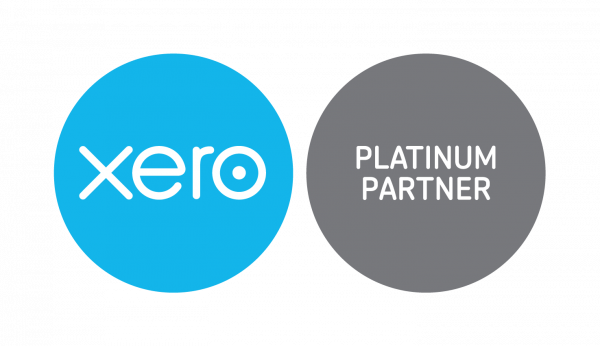Tips for Advanced Invoice Templates

Tips for Advanced Invoice Templates
Many businesses want Invoices and other documents from Xero to show their own brand - something different and distinctive from a standard Xero document. The potential is just about unlimited with Advanced Invoice Templates created with MSWord. Below are a couple of examples.
The first is for www.jesslowcher.com who is a quality brand photographer needing an invoice to match the style of her brand.
The second is for a high quality sign company needing the reference field to show as "PO Number, changes to spacing and ordering of the data columns (description made wider), the number of decimal places in the Unit Price increased to 4, a page number added, and a custom footer to repeat on each page.

And here's one with a bit of colour, less columns and some alteration to column titles.
And of course it's also possible to have multi page documents such as a quote with a header page, terms and conditions and so on. The options for how templates can be created are extensive, not only for Invoices but also Statements, Quotes, Purchase Orders, Packing Slips and other similar documents.
Here are my top troubleshooting tips for the most common issues encountered when creating Advanced Invoice Templates in Xero.
Use a fresh new Table Format for the Line Items (remove default)
Replace the default format for the item rows with a fresh new Table Format. Add in a new Table with the number of columns you want, and copy/paste in the Field Codes to the columns in the table. You can easily adjust the width of the columns as well as removing any columns you don’t want. A couple of popular formats include:
- Widening the Description Field and removing the Quantity Field.
- Having the Description Field go across the entire width of the page, and the other fields in a row below.
I find it easiest to work with the table with borders showing, and then remove the borders at the end. Ensure you start with TableStart and finish with TableEnd codes. But between these codes, you can re-order, move, copy and delete any you don’t want.
«TableStart:LineItem»«ItemCode», «Description» «Quantity» «UnitAmount» «TaxPercentageOrName» «LineAmount» «TableEnd:LineItem» are just some of the list of codes available.
Remove the Default Header
The sample Custom Invoice has a place holder for a picture in the header in the first page. It seems this is intended to make it easier for you to upload a logo but I have never found it helpful. It can be difficult to remove in the usual way as Rightclick/Delete does not remove it.
The easiest way is to highlight the entire header (the picture holder is inside the header) and delete that. You can then start afresh. If you only want your logo and header brand on your first page there is no reason I have found to add a header.
I like to use a table with borders showing to get the spacing the columns I want, and then remove the borders when I'm happy with the result.
Repeat the Header Row on multiple pages
When you change to a Table format you will find the Column Headers only print on the first page. This can be an issue if you have long invoices that go for multiple pages i.e. “Description” “Amount” “Quantity” etc. This is easily fixed with Table Formatting.
Search “Repeat Table Header on Subsequent Pages” in Word and you will find a couple of ways to do this.
- Select the header row or rows that you want to repeat on each page. The selection must include the first row of the table.
- Under Table Tools, on the Layout tab, in the Data group, click Repeat Header Rows.

Or, you can use this approach:
- In the table, right-click in the row that you want to repeat, and then click Table Properties.
- In the Table Properties dialog box, on the Row tab, select the Repeat as header row at the top of each page check box.
- Select OK.
Keeping lines together (Subtotal / GST / Total)
Sometimes rows that you want to show together get split across a page. For example the 3 lines Subtotal, GST and Total split so that the Total might be the only line showing on page 2. This is also easily fixed in the table format. Simply add all the lines you want to stay together inside one row in the table.
Then use the table formatting option as shown below. Untick the box so that the single row will stay together.
Change date and number formatting
Xero has a great help article on how to adjust the date format, as well as the number of decimal places in a custom template in Xero. Here’s the link: https://central.xero.com/s/article/Change-the-amount-date-or-unit-price-format-on-custom-invoices-quotes-NZ-AU-UK#Changethedateformat
However, sometimes when you select Toggle Field Code to see the codes to change, there is nothing there so it’s hard to know where to start.
For Dates the full code should look like this:
{MERGEFIELD InvoiceDate\@ “dd MMM yyyy” \*MERGEFORMAT}
Of course you can exchange “InvoiceDate” for whatever field you are using, and you can exchange “dd MMM yyyy” for whatever date format you want.
For Decimal Places the full code should look like this:
{MERGEFIELD..UnitAmount.\# "#,##0.00;(#,##0.00)"..\*.MERGEFORMAT.}
Of course you can exchange “UnitAmount” for whatever field you are using, and you can exchange “#,##0.00” for whatever number format you want. The fullstops represent spaces but it doesn't seem to matter if there are spaces or not.
You need to be working in MS Word for these field codes to be inserted. They may not upload correctly if you edit in GoogleDocs. If the field code is in a narrow column within a table, when you toggle to show the whole code, it will still show as abbreviated. I get around this by temporarily widening the column so that when I toggle, the whole code shows. You can also try copying the code to a different position on the page to edit it.
Insert a Hyperlink from a Logo or Picture
You can quickly insert a hyperlink simply by typing the name of the web address and pressing Enter. However, sometimes you might want a hyperlink from an image or logo rather than from text. To do this highlight the image or logo, then right click, go to Insert / Link and fill in the details in the pop up box. Control-K also works on some computers. The Screen Hint button allows you to type in text that shows when a cursor is hovered over the picture. Here’s what it looks like:

